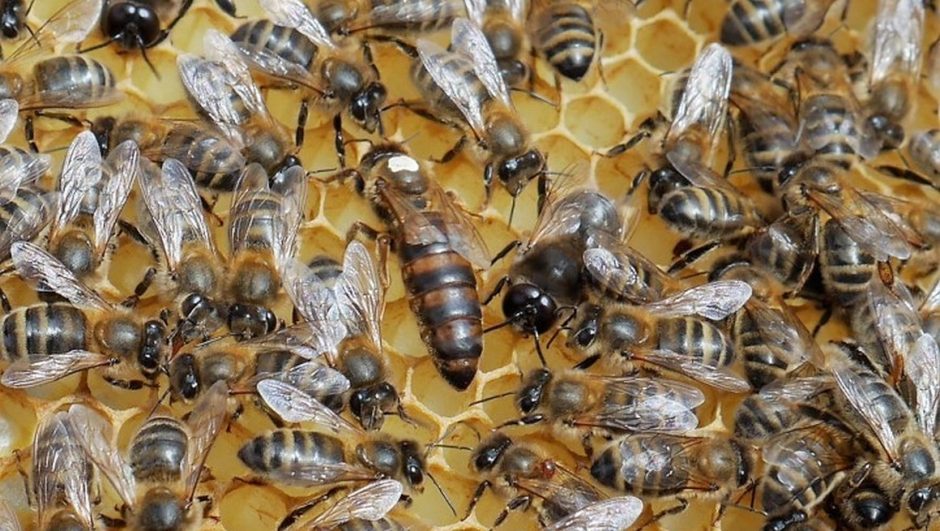Many members are seeking to buy native bees and been frustrated by the lack of stocks and information about breeders. So let us explain the current situation, to avoid disappointment, and outline SNHBS’s plans to increase Amm availability for the future.
As you know, SNHBS is committed to identifying and conserving the Scottish native honey bee – Apis mellifera mellifera. In time, we hope this species will be the bee of choice for beekeepers across Scotland. This, however, is a long-term aspiration and in the meantime Amm breeding is very limited and the numbers of mated queens and nucs available to buy is low. This has been exacerbated by the last three summers in which queen mating has been poor, causing further difficulty in meeting demand.
Members are therefore being asked to be patient and to do what they can to prepare to keep Amm when more queens become available.
There is one breeder providing Amm queens and nucs in 2020: Andrew Abrahams on Colonsay where he has been granted reserve status to protect his Amm bees: colonsayblackbees@gmail.com
Demand for queens far exceeds supply at present so priority is being given to Scottish breeding groups and those that have the benefit of isolation (for mating true). Please take this into account if you are considering placing an order and, if you meet these criteria, order early and be prepared to be patient.
In the meantime, we encourage members to improve their queen rearing skills so they can actively contribute to increasing stock once they have Amm bees. For now, breed from your best bees. Working with your neighbours can support good bees in an area and prepare you to start of an Amm breeding group in the future, especially if you are able to identify a sufficiently isolated mating site.
At the same time SNHBS, through its Conservation Project begun in 2018, has identified some promising Amm stocks which are not currently included in known breeding programmes. This year, if granted access to breeding material by those who manage these bees, we hope to rear queens from them and, in 2021, to assess the ‘lines’ with a view to making them more widely available.
Currently several small breeding groups are being set up and new mating sites tested. These are being supported by others with experience in queen rearing and provided with breeding material where possible. These groups may also be enabled by seeking SAMMBA funding.
As is often the case in beekeeping, with forward planning, careful fulfilment of plans and above all, patience, we hope to see good Amm queens and nucs become more readily available in two or three years’ time.
Kate Atchley
Trustee & Cheviot Project

